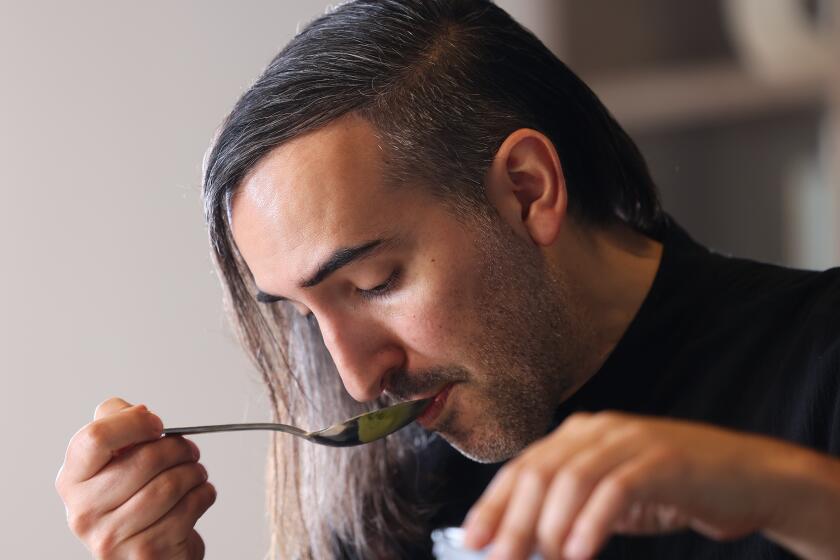Swallow Magazine’s Mexico City: Strippers, artists, mezcal and scratch-and-sniff
The ruling elite ought not to mess with Mexico City’s favorite restaurants. That might be one lesson from a recent scandal that this week brought down the head of the nation’s consumer protection agency, whose daughter couldn’t get a table at Maximo Bistrot Local (what some call the Chez Panisse of D.F.) and threw a tantrum that led to questionable inspections at the restaurant. After an Internet backlash, the politically powerful didn’t hold sway.
For a better peek into the inner workings of this metropolis’ great food democracy, look no further than Swallow Magazine‘s Mexico City issue, a volume filled with: taxi-driver-recommended tacos; the High Mexican Baroque-inspired photography of Bela Borsodi; and interviews with chef Enrique Olvera, author Diana Kennedy, a wrestler-turned-restaurateur who still goes by his lucha libre name, Babyface, and Silverio, among others. It’s the Mexico City of artists, musicians, strippers, bloggers and entrepreneurs, through the lens of food.
The 160-page magazine is littered with gems, such as where to find a bar that serves Galician fish pie to domino players and a cantina vendor who provides electrocutions on demand, or provocative quotes, such as from Kennedy, who compares seafood-centric Contramar to Le Bernardin in New York. “It’s very light-hearted, full of people eating all sorts of delicious fishy things. It’s not ponderous French, like Le Bernardin....”
Photos: Jonathan Gold’s 14 best Mexican restaurants in L.A.
There are tasting notes on Mexican wine, an exploration of the virtues of mezcal and tequila and a couple of taco guides. From the frontman of Los Pellejos: “When Swallow asked me to name the ten best taquerias in Mexico City, I immediately turned to my dentist, Dr. Jose Kuri, on whose unrivaled gustatory knowledge I have always depended at such vital moments.”
Also included are 20 scratch-and-sniff stickers from Norwegian smell expert Sissel Tolaas, representing the odors of various colonias in the Mexican capital. Unrelated to the scents of “cold, fat meat” and “alcohol and sweat,” there are also recipes: for huevos rancheros, fideo costeno, Milanese de res, verduras en escabeche, tinga de pollo, carnitas, albonidgas en salsa de chipotle and more.
One profile follows Dante Aguilar, a former film production manager and seed collector who grows micro cabbage, baby beets and infant radish stems for restaurants such as Pujol, to the mountains of Oaxaca where a group of Mixtec women grow his “tomates ancestrales.”
Gabriela Camara, chef of seminal restaurant Contramar, waxes philosophical about Mexican cuisine: “The food is so extraordinary on the street that sometimes it’s a challenge to make restaurant dishes with their own point of view. How do you take something from a food culture that’s really strong and make it stand out?”
And in a brief interview with Eduardo Garcia, former chef de cuisine of Pujol and the chef-owner of scandal hot spot Maximo Bistrot, he says: “I always wanted to open a restaurant of my own, but the idea was to have a small place where I could offer highly personal service. The size of a restaurant becomes very important when it comes to cooking with fresh and local ingredients, because they are, of course, limited in quantity.” Reservations recommended, no matter who your father is.
ALSO:
Turning spoiled food into electricity
Eating bugs: Would you dine on cicadas?
Sriracha hot sauce: 9 moments in pop culture
More to Read
Eat your way across L.A.
Get our weekly Tasting Notes newsletter for reviews, news and more.
You may occasionally receive promotional content from the Los Angeles Times.











